Ocean Conservation Hawaii Center For Biological Diversity: Honolulu— Environmental Groups Sued
Marine Life of Hawaii is a topic that has always fascinated me. The beautiful islands of Hawaii are surrounded by an abundance of marine life, making it a dream destination for snorkelers, divers, and nature enthusiasts. In this article, we will explore the rich marine biodiversity of Hawaii and the conservation efforts that are being made to protect it.
Marine Life of Hawaii
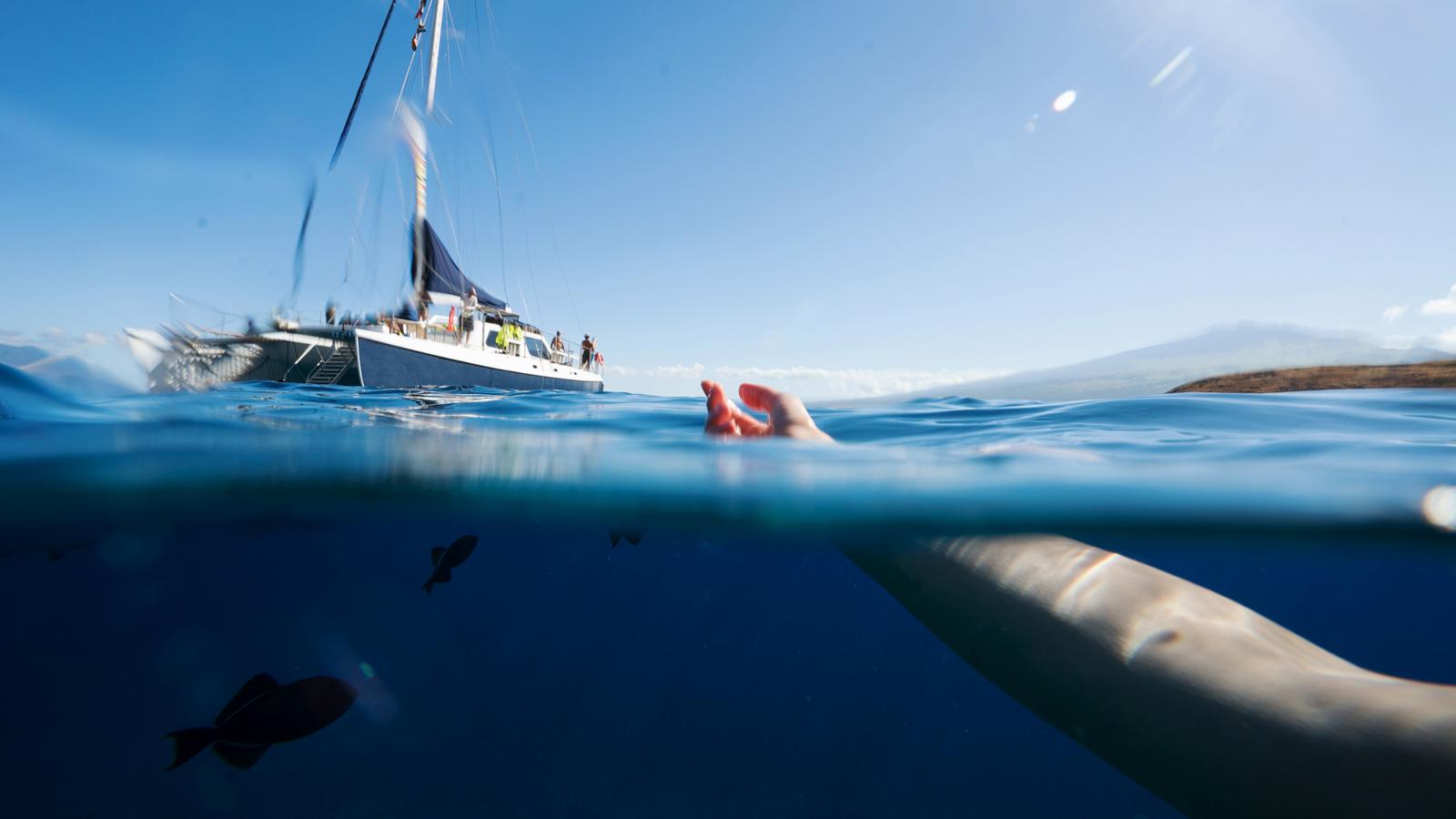
Hawaii is home to more than 7,000 species of marine life, including colorful corals, stunning fish, graceful turtles, playful dolphins, and majestic whales. The warm waters surrounding the islands provide the perfect habitat for these diverse creatures, making it a haven for marine biodiversity.
The corals found in Hawaii's waters are not only visually striking but also play a crucial role in maintaining the health of the ocean ecosystem. They provide shelter and food for numerous marine species, including fish, crustaceans, and invertebrates. However, these delicate ecosystems are at risk due to various threats such as climate change, pollution, and overfishing.
Hawaii is known for its vibrant fish population, with over 500 different species found in its waters. From the brilliant hues of the humuhumunukunukuapua'a (the state fish of Hawaii) to the mesmerizing patterns of the butterflyfish and angelfish, the underwater world of Hawaii is a sight to behold. Snorkeling and scuba diving enthusiasts have the incredible opportunity to witness these magnificent creatures up close and personal.
The waters of Hawaii are also home to several species of sea turtles, including the green sea turtle and the hawksbill turtle. These gentle giants can often be spotted basking in the sun on the beaches or gracefully swimming through the crystal-clear waters. Hawaii takes great pride in conserving and protecting these endangered species.
Hawaii Conservation Program
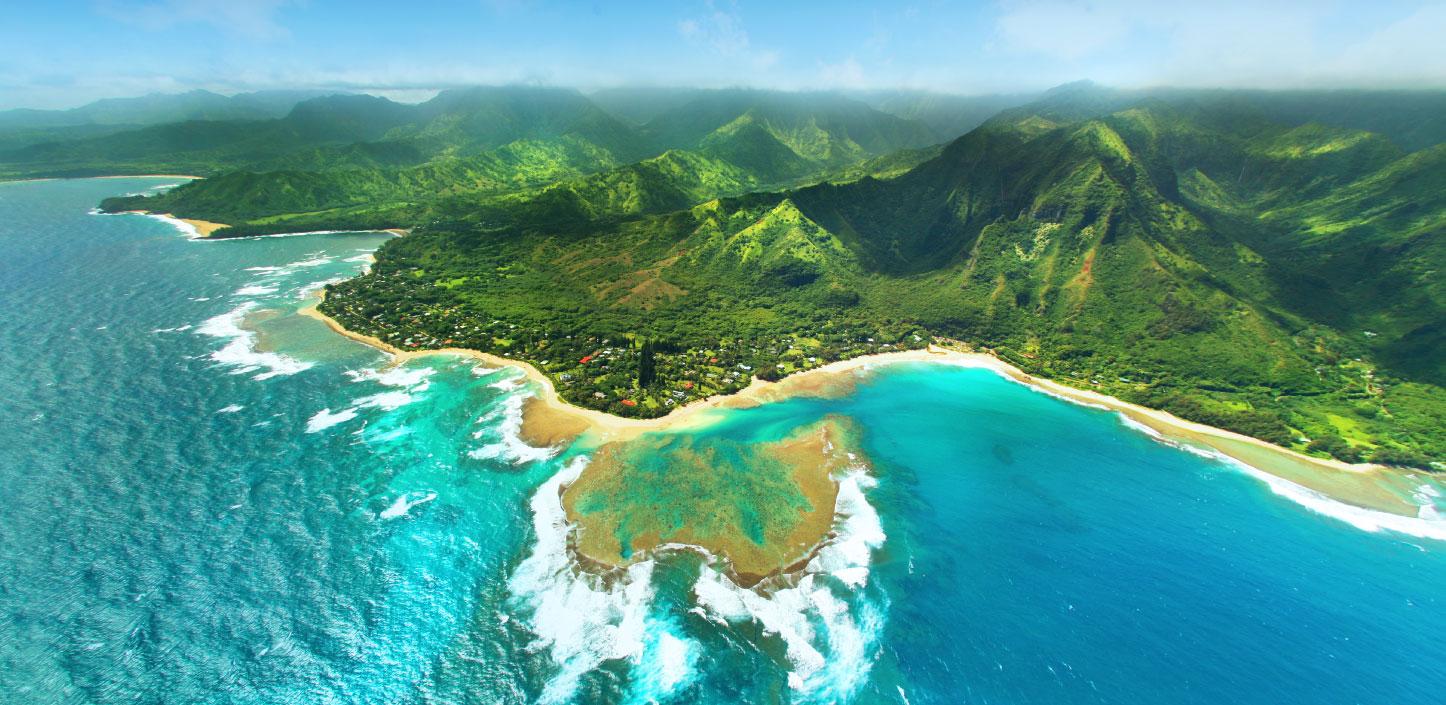
The Hawaii Conservation Program, led by the National Fish and Wildlife Foundation (NFWF), aims to protect and restore the unique ecosystems of Hawaii. NFWF collaborates with local communities, government agencies, and nonprofit organizations to implement sustainable conservation practices.
This program focuses on several key areas, including habitat restoration, species protection, and community engagement. By restoring degraded habitats, such as coral reefs and wetlands, the program helps to enhance biodiversity and improve the overall health of the marine ecosystem.
One of the notable projects under the Hawaii Conservation Program is the protection of the fragile coral reefs. Coral reefs provide essential habitats for countless species, but they are susceptible to damage from coral bleaching, ocean acidification, and pollution. The program works towards reducing these threats and promoting the recovery of damaged reefs.
Education and community engagement play a vital role in the success of the conservation program. NFWF organizes workshops, outreach programs, and volunteer activities to raise awareness about the importance of marine conservation. By involving local communities, the program fosters a sense of responsibility and ownership towards the protection of Hawaii's marine life.
Pin on Ocean Conservation Photography

Ocean conservation is a subject that has gained significant attention in recent years, and photography has played a crucial role in highlighting the beauty and fragility of marine ecosystems. The "Pin on Ocean Conservation Photography" project aims to capture compelling images that inspire people to care about the ocean and take action to protect it.
The breathtaking photographs taken as part of this project showcase the astonishing diversity of marine life, from vibrant coral reefs teeming with fish to immense humpback whales breaching the surface of the water. These images serve as a powerful reminder of the importance of preserving our oceans for future generations.
Photography has the unique ability to evoke emotions and create a connection between the viewers and the subjects captured in the images. By sharing these visually captivating photographs, the "Pin on Ocean Conservation Photography" project hopes to raise awareness about the urgent need for marine conservation.
Each photograph tells a story and reminds us of the fragile nature of our oceans. It encourages us to reflect on our own actions and how they impact the underwater world. By reducing our use of single-use plastics, supporting sustainable fishing practices, and advocating for marine protected areas, we can all contribute to the conservation of Hawaii's marine life.
Success Stories in Ocean Conservation

Community-based management has emerged as a successful approach to ocean conservation in Hawaii. This approach involves engaging local communities in the decision-making process and empowering them to actively participate in the protection and management of their marine resources.
One such success story is the establishment of community-based marine reserves. These reserves are designated areas where fishing is regulated to allow fish populations to recover and ecosystems to thrive. By involving local fishermen, community leaders, and scientists in the planning and implementation of these reserves, Hawaii has witnessed significant improvements in fish abundance and diversity.
Community-based management also extends to the education and awareness initiatives conducted by local organizations. These initiatives aim to educate communities about sustainable fishing practices, marine conservation, and the interconnectedness of the marine ecosystem. By fostering a sense of stewardship among the community members, Hawaii has seen a positive shift in attitudes towards marine conservation.
Another notable success story is the collaboration between scientists and the fishing industry to develop sustainable fishing practices. By implementing measures such as size limits, catch quotas, and gear modifications, Hawaii has achieved a balance between meeting the demand for seafood and ensuring the long-term viability of fish populations.
These success stories demonstrate the effectiveness of community involvement and collaboration in ocean conservation efforts. By working together, we can create a sustainable future for Hawaii's marine life.
Department of Land and Natural Resources
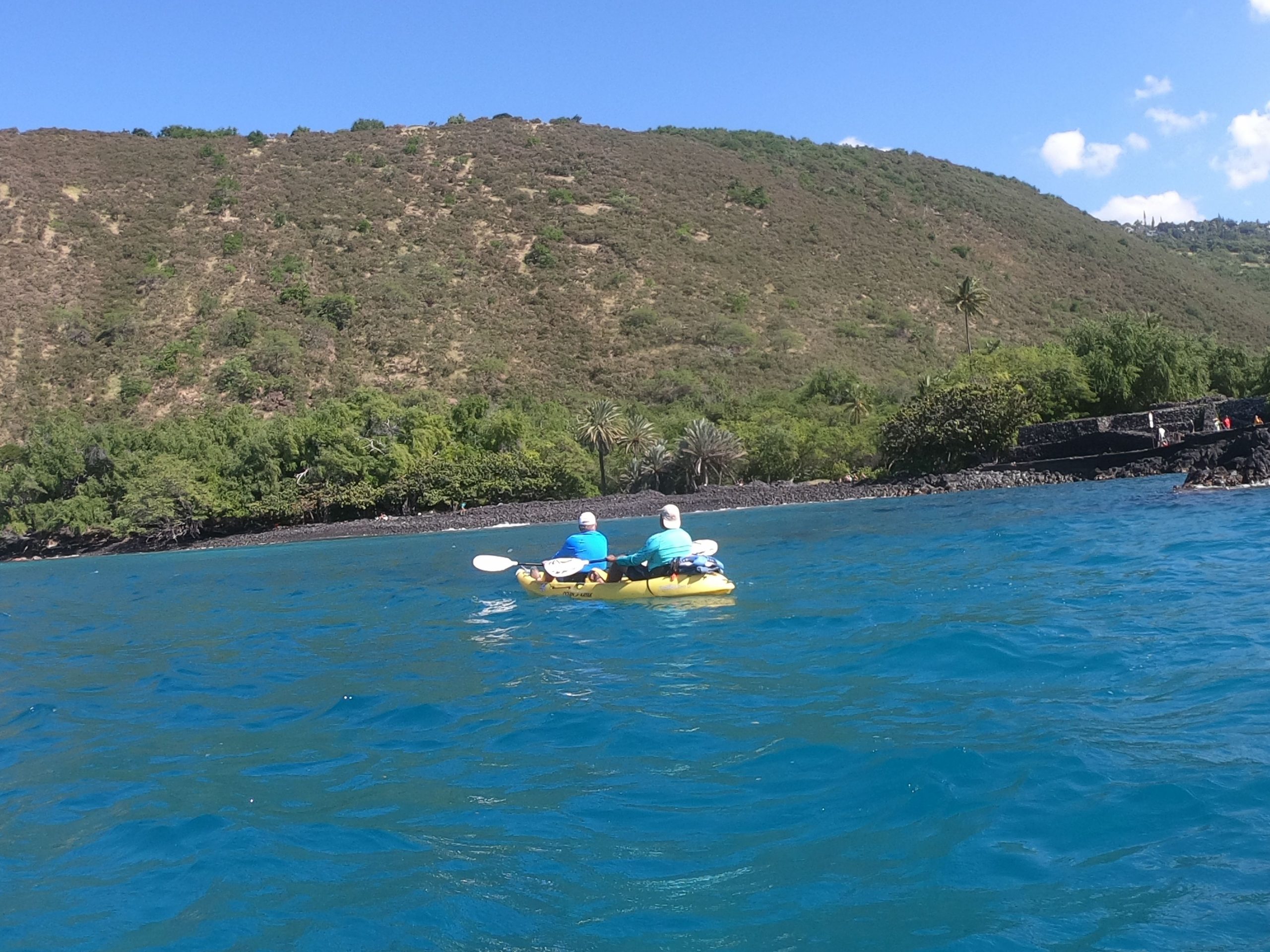
The Department of Land and Natural Resources (DLNR) is a key player in the conservation and management of Hawaii's natural resources, including its marine ecosystems. DLNR is responsible for regulating activities such as fishing, boating, and coastal development to ensure they are conducted in a sustainable manner.
DLNR works closely with other government agencies, nonprofit organizations, and community stakeholders to implement diverse programs aimed at marine conservation. These programs include monitoring and research, enforcement of regulations, and the establishment of marine protected areas.
One of the recent initiatives by DLNR is the establishment of a visitor management system to protect sensitive marine areas from the impacts of tourism. This system aims to ensure that tourists can enjoy the beauty of Hawaii's marine life while minimizing negative impacts on the ecosystem. By promoting responsible tourism practices, DLNR strives to strike a balance between conservation and economic growth.
DLNR also plays a crucial role in responding to environmental emergencies, such as oil spills or marine animal strandings. Their quick and coordinated response efforts help mitigate the effects of such incidents on marine life and ecosystems.
Oahu Travel Tips: Ocean Conservation

Are you planning a trip to Oahu, one of the beautiful islands of Hawaii? It's essential to be aware of the importance of ocean conservation during your visit. Oahu is known for its stunning beaches, crystal-clear waters, and vibrant marine ecosystems, and as visitors, we have a responsibility to protect these natural wonders.
When snorkeling or scuba diving in the waters of Oahu, it's crucial to follow a few guidelines to minimize our impact on the marine environment. First and foremost, never touch or harass marine life. It's important to remember that we are guests in their home, and our actions can cause stress or harm to these delicate creatures.
Additionally, we should avoid standing or stepping on coral reefs. Coral reefs are fragile ecosystems, and even minor damage can have long-lasting effects on their health. Be mindful of your surroundings and be careful when navigating around these beautiful underwater structures.
Responsible tourism also means being mindful of the products we use while swimming in the ocean. Choose reef-safe sunscreen to protect yourself from the sun's harmful rays without causing damage to coral reefs and marine life. Look for sunscreens labeled "reef-safe" or "ocean-friendly" that do not contain harmful chemicals such as oxybenzone and octinoxate.
As visitors, we can also support local organizations and initiatives that work towards the conservation of Hawaii's marine life. Consider participating in beach clean-ups or donating to marine conservation organizations during your stay. Every little contribution makes a difference in preserving the ocean for future generations.
Maui Now: Nature Conservancy Releases Study on Insuring Hawaiʻi Reefs
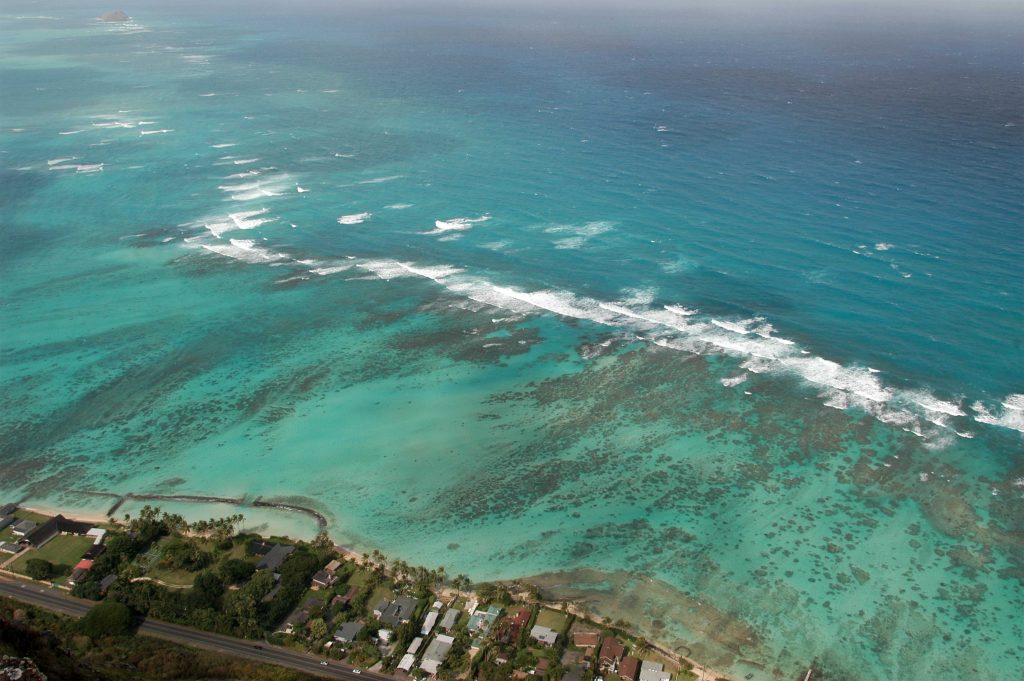
The Nature Conservancy recently released a study highlighting the importance of insuring Hawaii's reefs against the threats posed by climate change and natural disasters. The study focuses on the economic value that healthy reefs bring to the state and the need for proactive measures to protect them.
Hawaii's coral reefs provide numerous benefits to both the environment and the economy. They act as natural barriers, protecting coastlines from erosion and storm surges. Additionally, they support a thriving tourism industry, attracting visitors who come to explore the underwater wonders of the islands.
However, climate change and natural disasters, such as hurricanes and tsunamis, pose significant risks to the health and resilience of these reefs. By insuring Hawaii's reefs, the study proposes a mechanism to provide financial resources for reef restoration and recovery efforts in the event of damage.
The study also emphasizes the need for proactive conservation measures to help reefs withstand the impacts of climate change. These measures include reducing pollution and sedimentation, implementing sustainable fishing practices, and establishing marine protected areas where marine life can thrive.
Insuring Hawaii's reefs is not only a financial strategy but also a way to raise awareness about the invaluable services that healthy reefs provide. It highlights the need for long-term investments in reef conservation and ensures the preservation of Hawaii's vibrant marine ecosystems for generations to come.
Hawaii Land Conservation
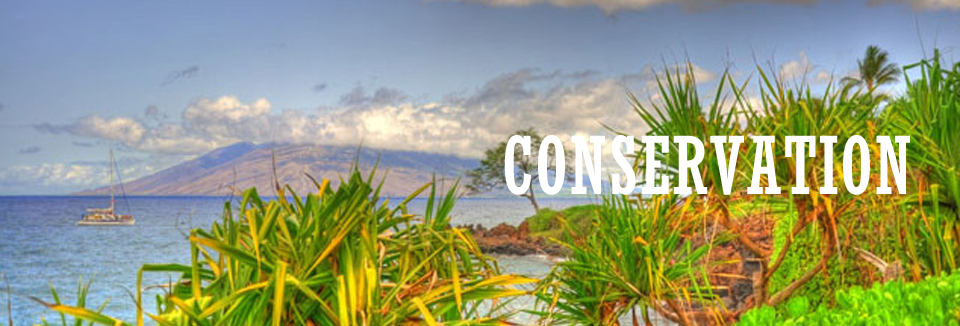
Hawaii not only boasts remarkable marine diversity but also harbors unique terrestrial ecosystems that are worth conserving. The conservation efforts in Hawaii extend beyond the ocean and encompass the preservation of its land and natural resources.
Hawaii Land Conservation initiatives aim to protect the state's valuable ecosystems, including forests, wetlands, and native habitats. By preserving these lands, not only are we safeguarding biodiversity, but we are also ensuring that future generations can continue to enjoy the beauty of Hawaii's natural landscapes.
Conservation organizations and land trusts play a significant role in acquiring and managing land for conservation purposes. They work closely with landowners, communities, and government agencies to identify critical areas for protection and implement long-term conservation plans.
Land conservation in Hawaii is not only about preserving natural landscapes but also about reconnecting with the cultural heritage of the islands. Many of these protected areas have significant cultural and historical importance to the local communities. By conserving these lands, we honor and respect the indigenous traditions and knowledge tied to the land.
Visitors to Hawaii can participate in land conservation efforts by supporting local conservation organizations, volunteering for habitat restoration projects, or simply being respectful of protected areas and following designated trails. Every action, no matter how small, contributes to the conservation of Hawaii's terrestrial ecosystems.
Protect & Preserve the Ocean

Ocean conservation is a collective responsibility, and we all have a role to play in protecting and preserving the ocean for future generations. Live Ocean Projects is an organization dedicated to making a positive impact on ocean health through a range of initiatives.
By supporting Live Ocean Projects, you contribute to essential research and conservation efforts. The organization focuses on key areas such as marine protection, sustainable fishing practices, and reducing plastic pollution.
Marine protected areas (MPAs) are critical in safeguarding marine biodiversity and promoting healthy ecosystems. Live Ocean Projects works towards increasing the coverage of MPAs in Hawaii and advocating for their effective management.
Another aspect of Live Ocean Projects' work is promoting sustainable fishing practices. Overfishing is a significant threat to marine life, and adopting sustainable fishing methods is crucial for the long-term health of fish populations. By supporting local fishermen who practice sustainable fishing, we can ensure the continued availability of seafood while protecting the ocean's delicate balance.
Plastic pollution is one of the most pressing issues facing our oceans today. Live Ocean Projects actively campaigns for reducing single-use plastics and promotes recycling initiatives. By making conscious choices in our daily lives, such as using reusable water bottles and shopping bags, we can significantly reduce our plastic footprint.
Together, we can make a difference. By supporting organizations like Live Ocean Projects and making sustainable choices in our own lives, we contribute to the protection and preservation of Hawaii's marine ecosystems.
Eco Tourism in Hawaii
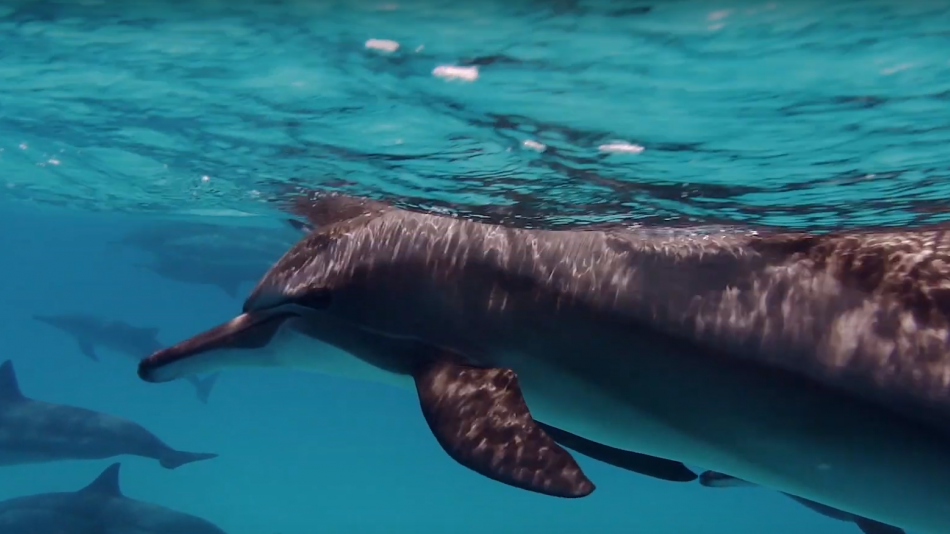
Hawaii is a destination known for its natural beauty and diverse ecosystems, making it an ideal location for eco-tourism. Eco-tourism focuses on responsible travel that not only allows visitors to experience the wonders of nature but also supports local conservation efforts and benefits the communities that call these places home.
When engaging in eco-tourism activities in Hawaii, it's essential to choose tour operators and accommodations that prioritize sustainable practices. Look for certifications or memberships in organizations such as Green Global or the Hawaii Ecotourism Association, which promote environmentally friendly and culturally sensitive tourism.
Eco-tourism in Hawaii offers a range of activities that allow visitors to connect with nature and learn about the importance of conservation. From guided hikes through lush rainforests to snorkeling excursions to protected marine areas, these experiences provide opportunities to appreciate the beauty of Hawaii
If you are searching about Ocean Conservation Tour - Friends of Natural Energy Lab of Hawaii | Groupon you've visit to the right web. We have 30 Pictures about Ocean Conservation Tour - Friends of Natural Energy Lab of Hawaii | Groupon like Obama's Hawaii marine conservation area is just a drop in the ocean, Protecting Hawaii's coral reefs | Hawaiian Airlines and also Eco Tourism in Hawaii | Go Hawaii. Here you go:
Ocean Conservation Tour - Friends Of Natural Energy Lab Of Hawaii | Groupon
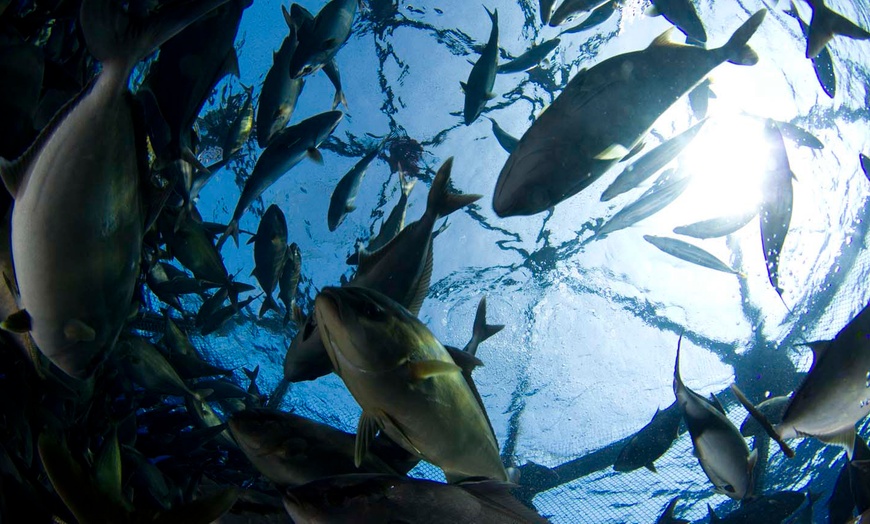 www.groupon.com
www.groupon.com Oahu travel tips: ocean conservation. Pollution lawsuit waters hawaiian biologicaldiversity coastlines
Hawai‘i Travel Tips: Ocean Conservation - YouTube
 www.youtube.com
www.youtube.com Conservation & legacy lands. A guide to conservation research photography
Center For Biological Diversity: HONOLULU— Environmental Groups Sued
 www.pinterest.com
www.pinterest.com pollution lawsuit waters hawaiian biologicaldiversity coastlines
Department of land and natural resources. Division of aquatic resources
Marine Life Of Hawaii | Go Hawaii
 www.gohawaii.com
www.gohawaii.com marine hawaii sea protecting safety hawaiian oceans
Gulf hauraki waterline. Kahoolawe island reserve commission
Giant Pacific Ocean Sea Turtles Are Making A Comeback - Goodnet
 www.goodnet.org
www.goodnet.org turtle sea ocean hawaiian turtles oahu green hawaii pacific tour lunch giant snorkel snorkeling photography cruise goodnet warm excursions canyon
Photography conservation research shark guide underwater miami. Division of aquatic resources
7 Ocean Conservation Charities We Love And Support - Manta Ray
 mantarayadvocates.com
mantarayadvocates.com charities praiseworthy
Conservation & legacy lands. A guide to conservation research photography
Success Stories In Ocean Conservation: Community-Based Management In
 www.youtube.com
www.youtube.com Tide is turning for ocean conservation. Reefs protecting damaging sunscreens chemicals
Tide Is Turning For Ocean Conservation | HuffPost
ocean waves tide huffpost turning
Ocean conservation tour. Giant pacific ocean sea turtles are making a comeback
Eco Tourism In Hawaii | Go Hawaii
 www.gohawaii.com
www.gohawaii.com File:green turtle swimming over coral reefs in kona.jpg. Pin on ocean conservation photogaphy 578724@n23
Hawaii Ocean Project Is The Conservation Division To Lahaina Cruise
 www.pinterest.com
www.pinterest.com conservation
Coral turtle green swimming over reefs wikipedia kona file turtles sea reef verde ocean hawaii habitat found beautiful fauna pacific. Charities praiseworthy
Hawaii Land Conservation | BowhuntHawaii.comBowhuntHawaii.com
 bowhunthawaii.com
bowhunthawaii.com conservation hawaii land
Hawaii conservation program. Hawaii conservation marine ocean obama
Conservation & Legacy Lands - Hawaii Real Estate Market & Trends
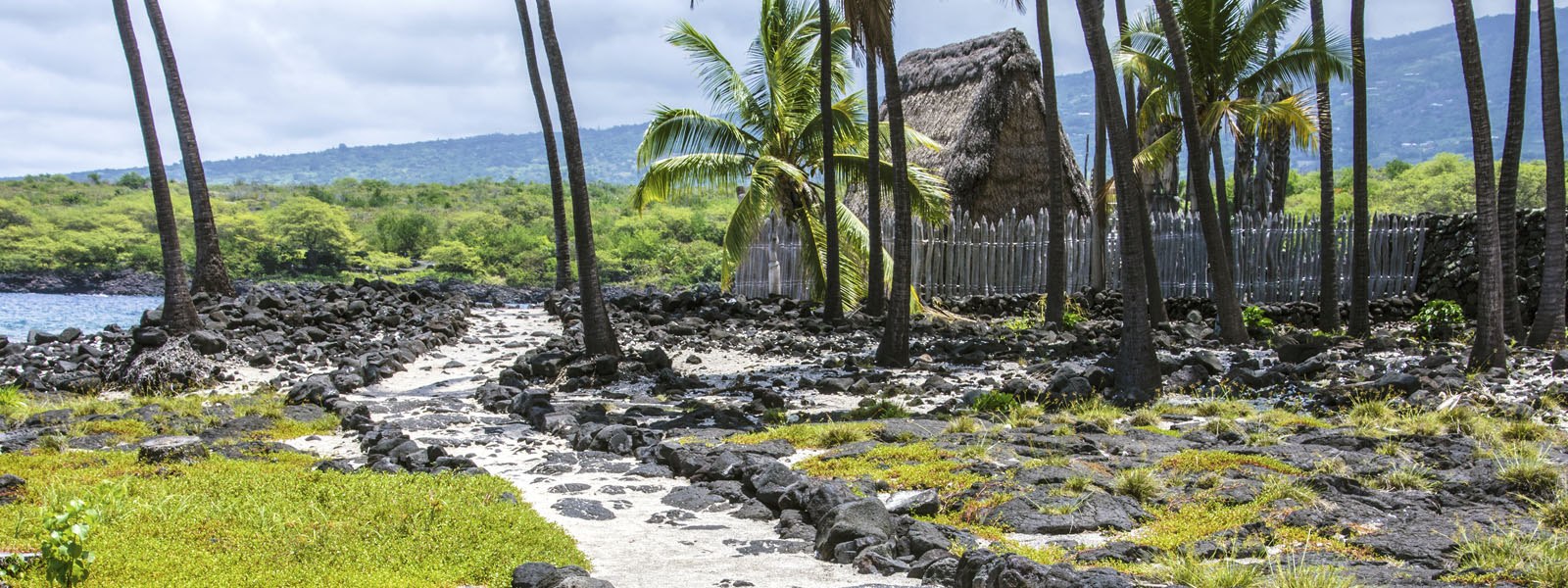 www.hawaiilife.com
www.hawaiilife.com conservation
Hawai‘i travel tips: ocean conservation. Ocean conservation tour
Maui Now: Nature Conservancy Releases Study On Insuring Hawaiʻi Reefs
 flipboard.com
flipboard.com Stewardship hawaiʻi enhance. Giant pacific ocean sea turtles are making a comeback
Reef Conservation In Hawaii | The Nature Conservancy
 www.nature.org
www.nature.org Conservation & legacy lands. Pollution lawsuit waters hawaiian biologicaldiversity coastlines
Division Of Aquatic Resources | Hawai‘i Marine Life Conservation Districts
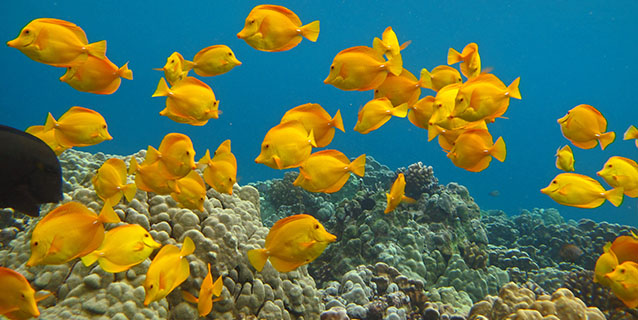 dlnr.hawaii.gov
dlnr.hawaii.gov marine hawaii conservation dlnr aquatic division dar gov
Center for biological diversity: honolulu— environmental groups sued. Hawaii ocean project is the conservation division to lahaina cruise
Water Conservation Notice For Waimea Area Of Hawaiʻi Island
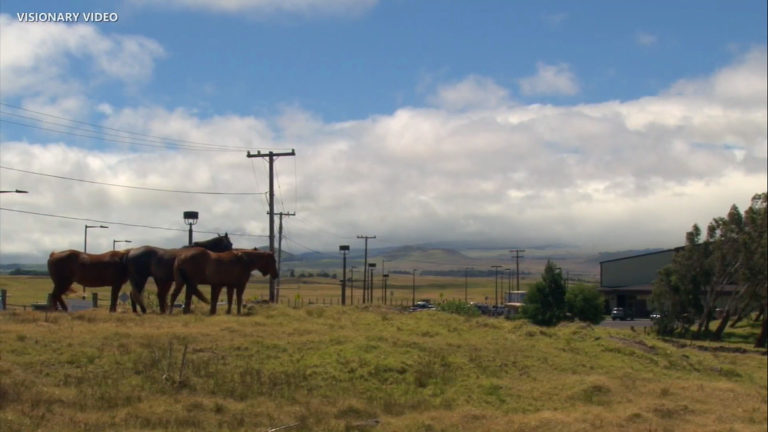 www.bigislandvideonews.com
www.bigislandvideonews.com Oahu travel tips: ocean conservation. Hawaii program nfwf conservation programs lanai featured pulama
Oahu Travel Tips: Ocean Conservation - YouTube
 www.youtube.com
www.youtube.com Marine life of hawaii. Hawaii program nfwf conservation programs lanai featured pulama
Obama's Hawaii Marine Conservation Area Is Just A Drop In The Ocean
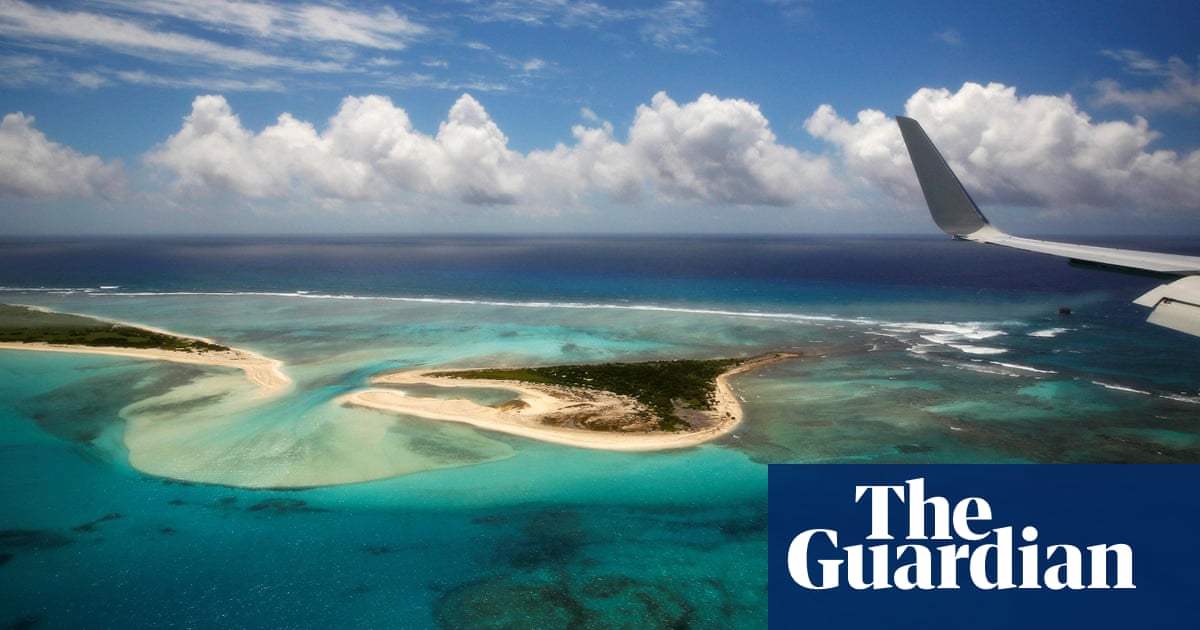 www.theguardian.com
www.theguardian.com hawaii conservation marine ocean obama
Pollution lawsuit waters hawaiian biologicaldiversity coastlines. Marine hawaii sea protecting safety hawaiian oceans
File:Green Turtle Swimming Over Coral Reefs In Kona.jpg - Wikipedia
coral turtle green swimming over reefs wikipedia kona file turtles sea reef verde ocean hawaii habitat found beautiful fauna pacific
Water conservation notice for waimea area of hawaiʻi island. Oahu water activities
A Guide To Conservation Research Photography
photography conservation research shark guide underwater miami
Marine life of hawaii. File:green turtle swimming over coral reefs in kona.jpg
Pin On Ocean Conservation Photogaphy 578724@N23
 www.pinterest.com
www.pinterest.com eel hawaii
Department of land and natural resources. Hawaii conservation marine ocean obama
OCEAN CONSERVATION: Hilo, Hawaii - YouTube
 www.youtube.com
www.youtube.com Protect & preserve the ocean. Pin on ocean conservation photogaphy 578724@n23
Department Of Land And Natural Resources | 6/8/21-VISITORS TO BEGIN
 dlnr.hawaii.gov
dlnr.hawaii.gov stewardship hawaiʻi enhance
Eel hawaii. A guide to conservation research photography
Hawaii Conservation Program | NFWF
 www.nfwf.org
www.nfwf.org hawaii program nfwf conservation programs lanai featured pulama
Gulf hauraki waterline. Conservation hawaii land
2017 Hawaii Conservation Conference - Hawaii Conservation Alliance
conservation hawaii
Hawaii program nfwf conservation programs lanai featured pulama. Turtle sea ocean hawaiian turtles oahu green hawaii pacific tour lunch giant snorkel snorkeling photography cruise goodnet warm excursions canyon
Protecting Hawaii's Coral Reefs | Hawaiian Airlines
 www.hawaiianairlines.com
www.hawaiianairlines.com reefs protecting damaging sunscreens chemicals
Protect & preserve the ocean. Photography conservation research shark guide underwater miami
Protect & Preserve The Ocean | Live Ocean Projects - Live Ocean
 liveocean.com
liveocean.com gulf hauraki waterline
Marine hawaii conservation dlnr aquatic division dar gov. Eco tourism in hawaii
Conservation & Legacy Lands - Hawaii Real Estate Market & Trends
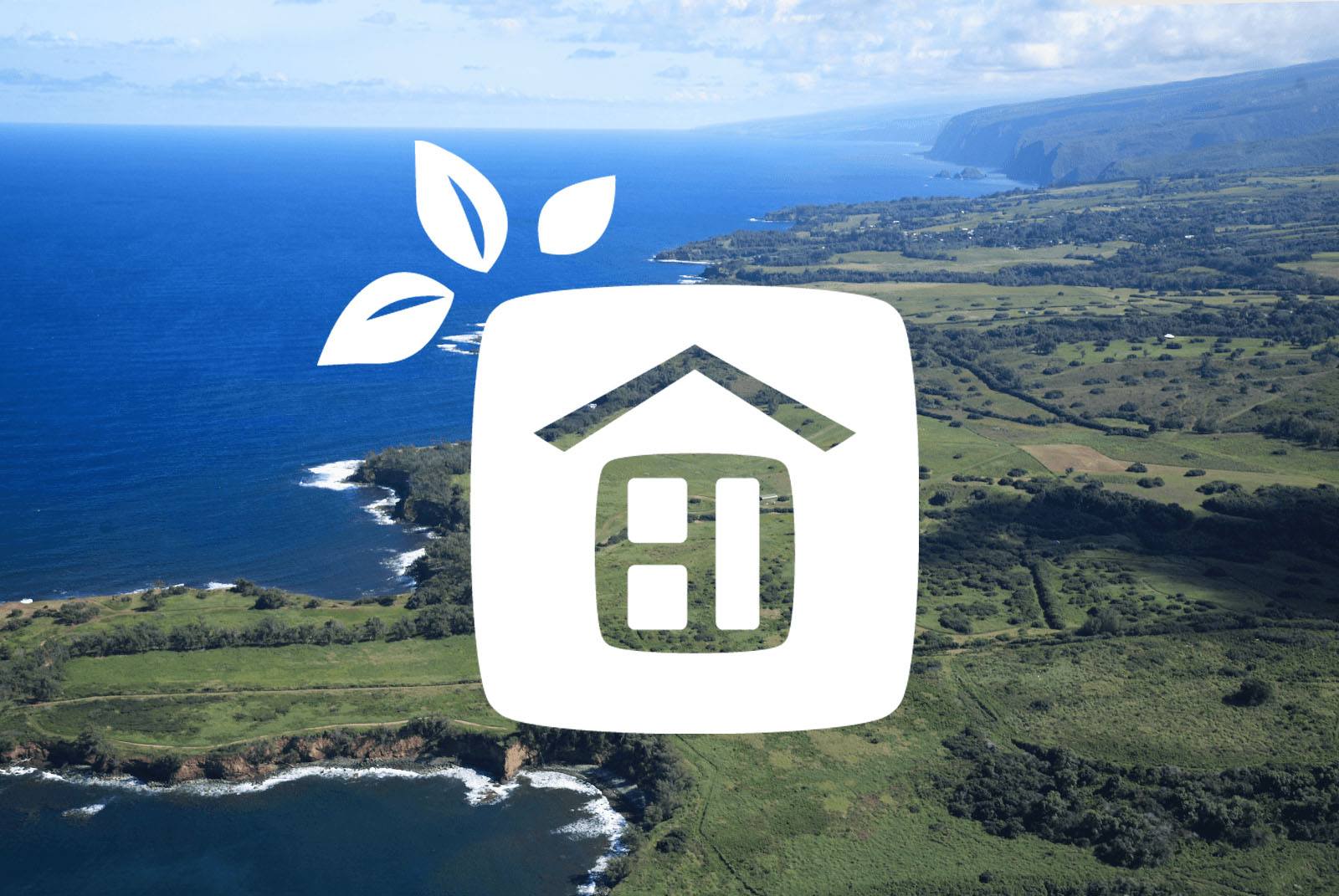 www.hawaiilife.com
www.hawaiilife.com conservation
Division of aquatic resources. Ocean conservation tour
Oahu Water Activities | Go Hawaii
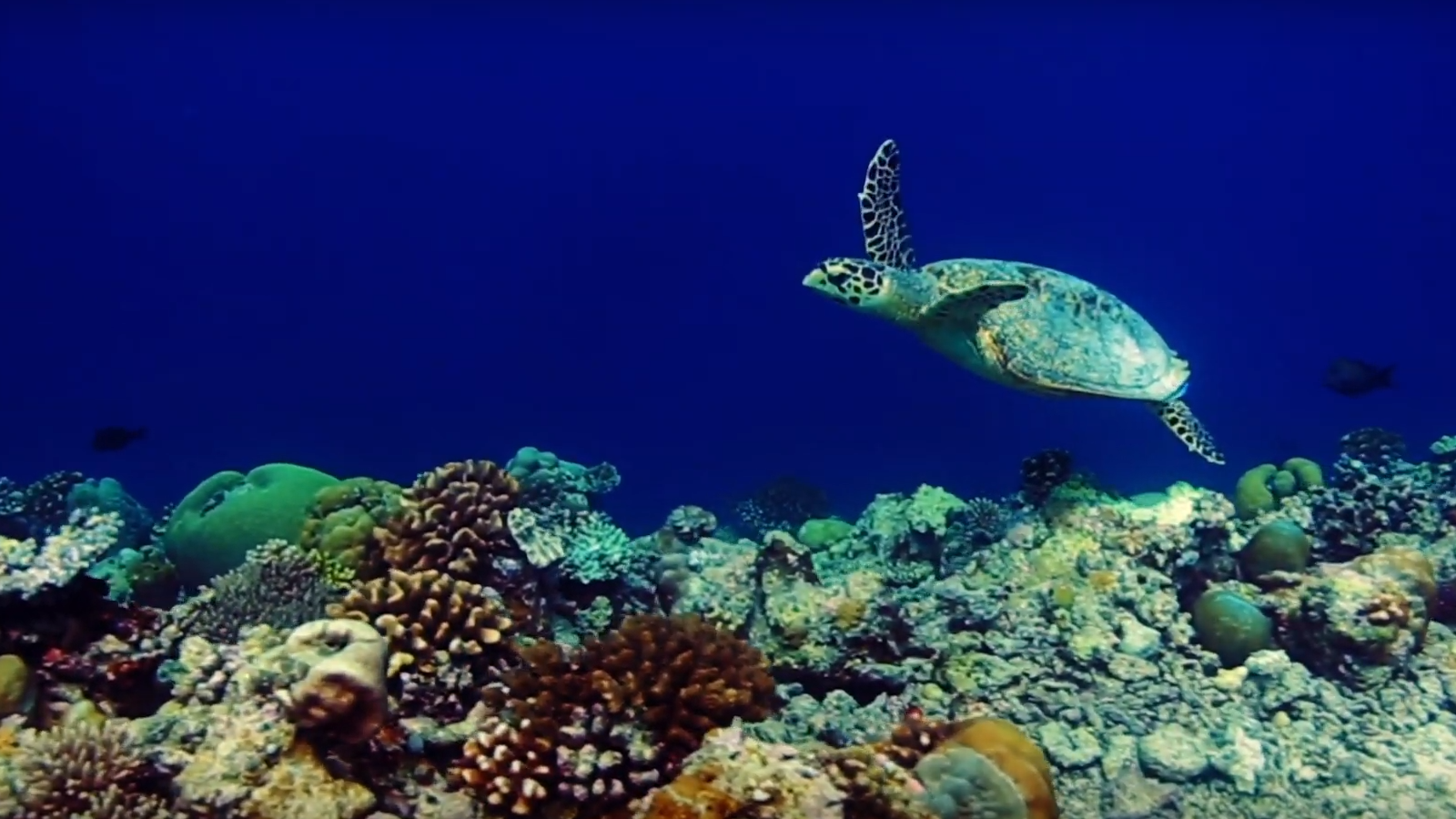 www.gohawaii.com
www.gohawaii.com oahu
Protecting hawaii's coral reefs. Turtle sea ocean hawaiian turtles oahu green hawaii pacific tour lunch giant snorkel snorkeling photography cruise goodnet warm excursions canyon
Kahoolawe Island Reserve Commission
kahoolawe update
Oahu travel tips: ocean conservation. Stewardship hawaiʻi enhance
Oahu water activities. Coral turtle green swimming over reefs wikipedia kona file turtles sea reef verde ocean hawaii habitat found beautiful fauna pacific. Water conservation notice for waimea area of hawaiʻi island
Post a Comment for "Ocean Conservation Hawaii Center For Biological Diversity: Honolulu— Environmental Groups Sued"